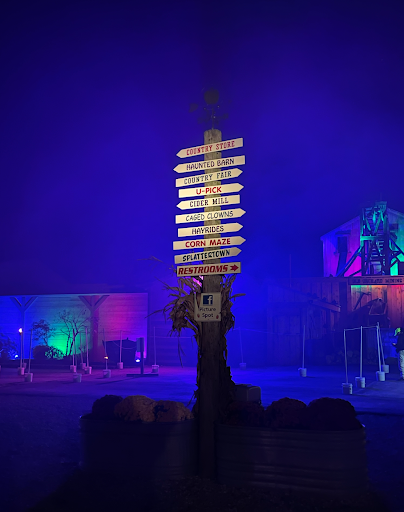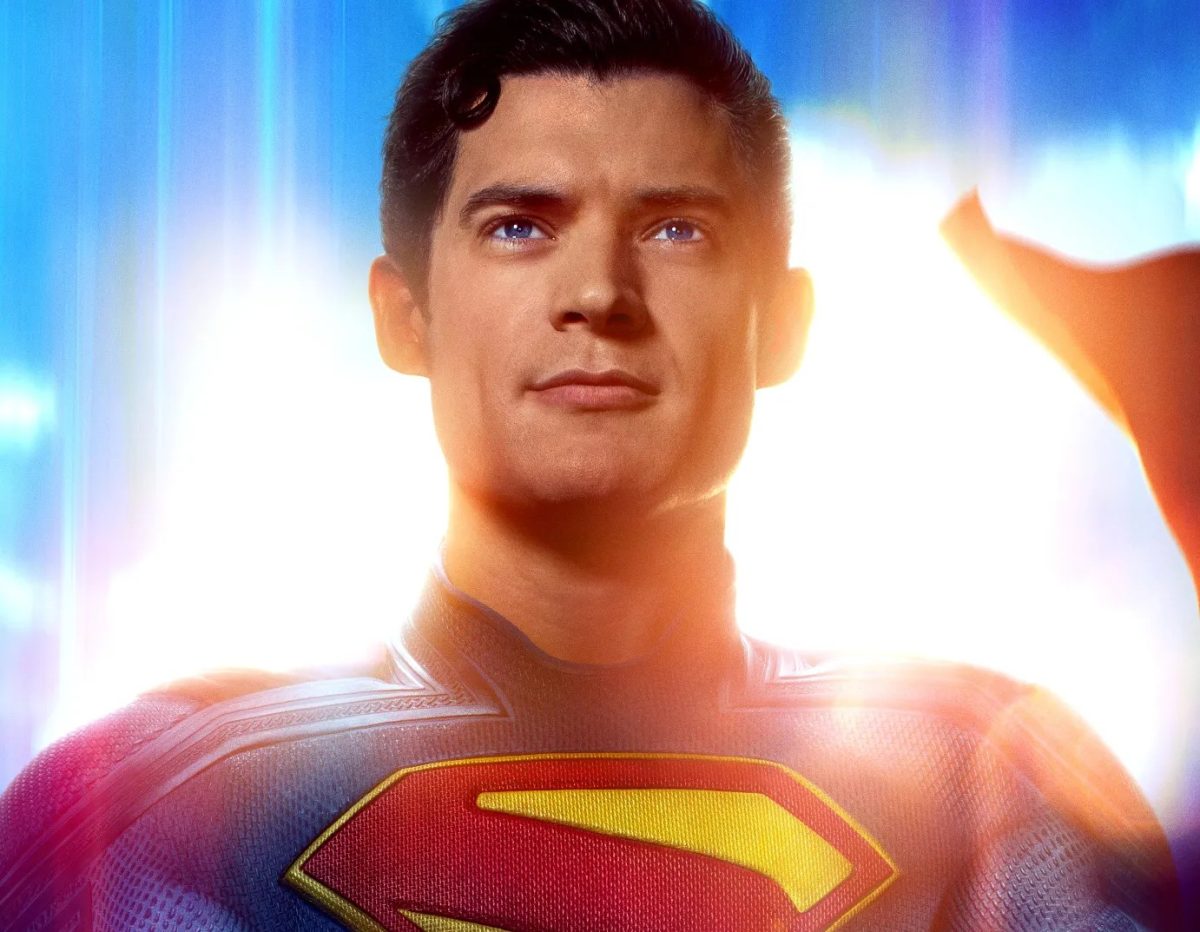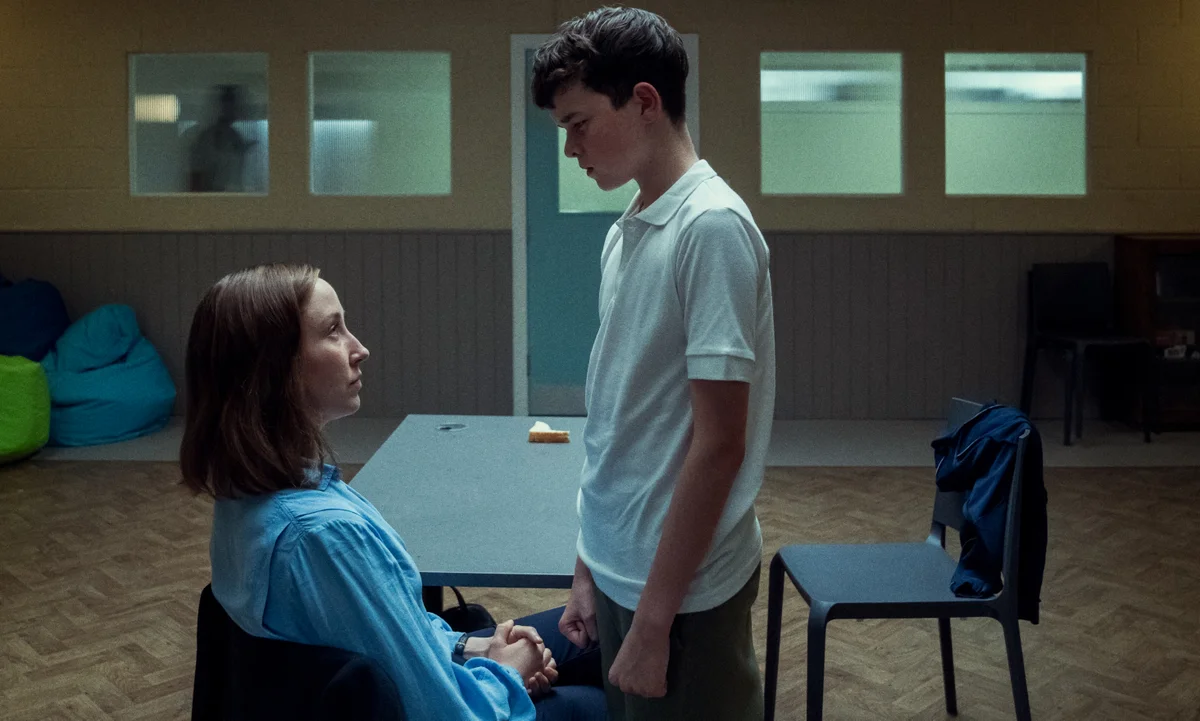Upon reading Frank Herbert’s 1965 novel Dune a few years ago, I was unimpressed. Even as someone who often reads slow-paced books, I dragged through the 900-page novel and finished it with no feelings other than relief that it was over.
However, my brother enjoyed the novel, so when the trailer for its $165 million film adaptation was released in 2021, we went to the theaters to see it. After two and a half hours, during which I don’t think I blinked once, I exited the theater highly anticipating the second movie, knowing that in nearly three hours the Oscar-winning film had barely dipped into the plot of the first Dune novel.
After three years, Dune: Part 2 was released on March 1, 2024. The film is one of the most cinematically breathtaking and overwhelming movies I have ever seen. Every scene is a gorgeous amalgamation of music, colors, costumes, and atmosphere that assaults the senses in the best possible way. At some points, the theater’s seats were shaking with the music of the film.
Dune: Part 2 follows Paul of the fallen House Atreides as he learns the ways of the native Fremen of the planet Arrakis with the goal of defeating House Harkonnen and restoring his House to power. The film differs from Herbert’s novel in various ways, but I didn’t find the differences to have a negative impact on the overall story.
Scenes that stood out to me in particular were those that took place on Geidi Prime, the home planet of House Harkonnen. In one scene, Feyd-Rautha, the nephew of the leader of House Harkonnen, kills three men in an arena fight that is depicted entirely monochromatically, creating a sinister atmosphere of intensity and dread. As one of the first scenes involving Feyd-Rautha, it impactfully introduced the character to the audience as a man with cruel and sociopathic tendencies.
Overall, the movie flew by in a near-three hours of sweeping cinematography without a dull moment, keeping me on the edge of my seat for much of the film.
















